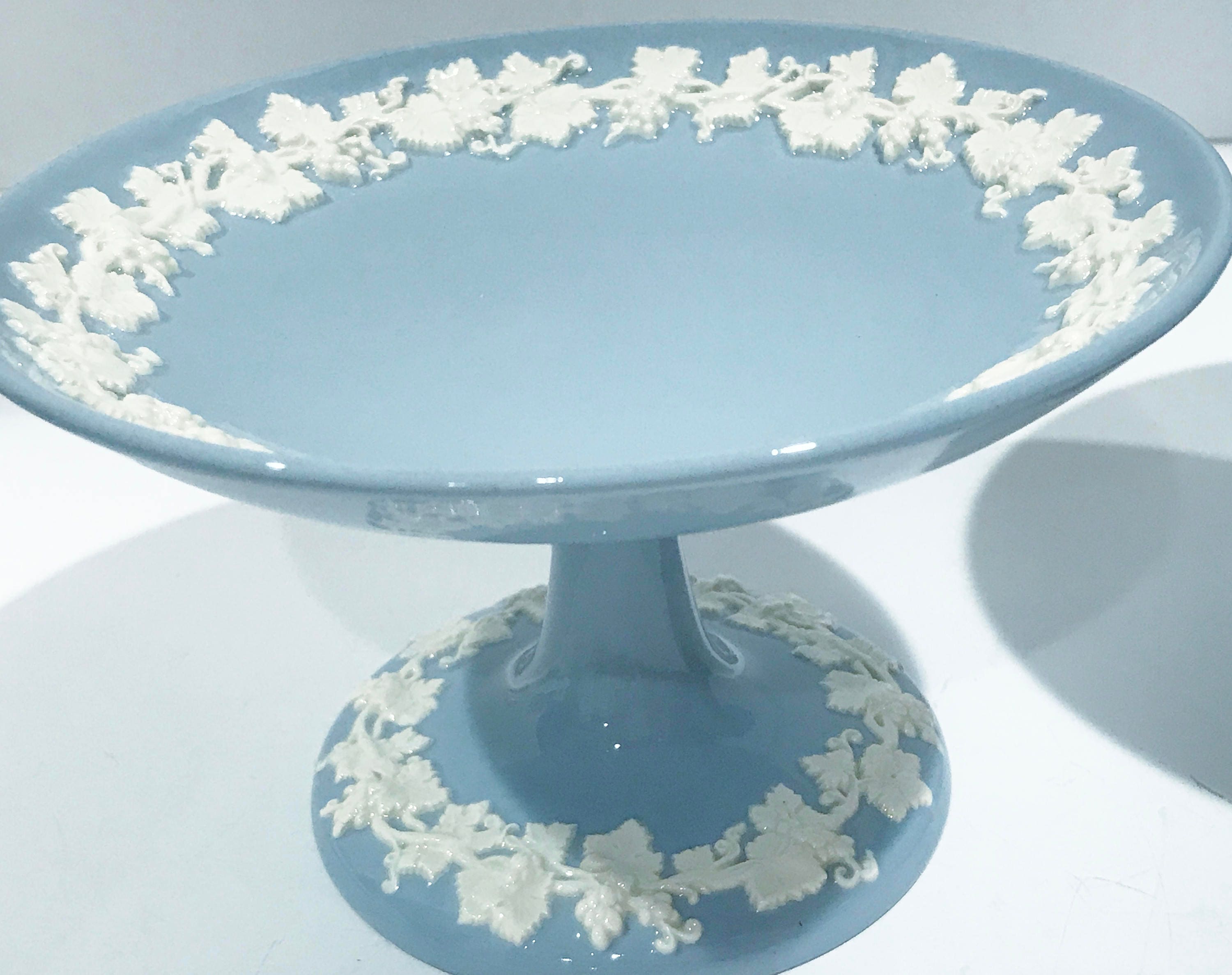Especially if you live in North America, you’re familiar with direct mail advertising, money-back guarantees, free delivery, “buy one get one free” deals, illustrated product catalogs, and the like. And if you’ve paid attention at Amazon, or even in physical stores like WalMart or Home Depot, you may have noticed that many of the products there are very much like similar, higher-priced products. The store versions have the same brand names, but they’re less expensive, and not quite the same, often because some aspects of their production is less costly. All of these techniques are a lot older than you might think, and they were introduced by one person — who worked in an industry that might surprise you. Also that guy was born today, which shouldn’t amaze anybody.
I’m talking about…wait for it…Josiah Wedgwood, the founder of the Wedgwood china and porcelain company in England. He was born July 12, 1730. Wedgwood was born in the village of Burslem, which had become a center of pottery starting around 1650. There were a number of families of potters there, each producing their own wares, and each having their own “bottle kiln” (a large outdoor oven for firing the pottery). Josiah was the thirteenth child of one of those families. He attended school (for which he had to walk three miles each way) and as expected, became an apprentice potter at his older brother Thomas’ pottery.
Josiah started suggesting improvements in the pots and processes right away, but his brother didn’t think any of them were good ideas. When Josiah finished his apprenticeship his brother rejected the idea of a partnership (with his annoying little brother who was always bothering him with suggestions), so Josiah worked for another potter in the village of Stoke, quickly becoming a partner. He began systematically experimenting, first with new formulations of glaze, and came up with a brilliant green glaze.
Wedgwood had a bad knee thanks to a bout of smallpox as a boy, and several times during his life was unable to walk very far. While he convalesced he studied the available science books, and during one of these periods met Joseph Priestley, the chemist who discovered oxygen, among other things. Priestly may well have assisted Wedgwood in his experimentation around glazes, because by about 1760 Wedgwood was producing pottery with a number of glazes nobody else could match. Even Queen Charlotte (the wife of King George III) ordered his products, and he managed to get her permission to call a line of pottery Queen’s Ware. He made the most of the association, and included it on his stationery. Queen’s Ware pottery was affordable for the middle class, and by 1764 Wedgwood was even fulfilling orders from outside England.
Wedgwood’s business began to grow quickly, and by 1765 he had warehouses and showrooms in London, Bath, Liverpool, and Dublin. He advertised extensively, and when introducing a new piece would carefully time the introduction and limit the initial quantities to increase demand. Recognizing the value of the name “Queens Ware, he also produced the Royal Pattern, the Russian Pattern (ordered by Catherine the Great), and produced vases called Bedford, Oxford, and Chetwynd after those locations. They were mostly copies of fine-art vases, but produced inexpensively and, for most people, just as good as the originals.
Wedgwood constantly innovated in his production processes as well, continually reducing expenses. He used every industrial technique he could apply to pottery, and by the 1770s was one of England’s leading industrialists. When he looked into his “supply chain” (he probably didn’t call it that) he realized that too many of his products got broken during shipping because of the bumpy roads the wagons had to traverse. So he had the Trent and Mersey canal dug right next to his factory, and began shipping by canal boat instead.
Around 1780 Wedgwood’s partner Thomas Bentley died, and Wedgwood convinced his friend Erasmus Darwin to join the firm to help out. The two families became close, Wedgwood’s daughter married Darwin’s son, and Josiah Wedgwood eventually became Charles Darwin’s grandfather.
Wedgwood was elected to the Royal Society in 1783 for his advances in kilns, pottery, glazes, and invention of a pyrometer that measured the temperature in a kiln. He died in 1795 at the age of 64, probably of cancer, and left his considerable fortune — and his business — to his children. The book Wedgwood: The First Tycoon by Brian Dolan details how Wedgwood was responsible for much of what we think of as the “business model” now. He is memorialized by a tablet installed in the parish church of Stoke-upon-Trent, where he was buried. But the tablet is marble, not a glazed Wedgwood plaque. There is also a statue of him there (bronze, not ceramic).
Wedgwood was one of the first to adopt accounting principles we would recognize today, and played a large part in the abolition of slavery in the UK. And of course you can still buy Wedgwood wares, although the company is no longer family-run. Nowadays you can buy fine china and porcelain made by Wedgwood, but during Josiah’s lifetime they never produced either — those were high-end expensive goods, and Josiah Wedgwood concentrated on affordable products for everyone, which only felt like luxury items to consumers.

A piece of Queens Ware by Wedgwood
